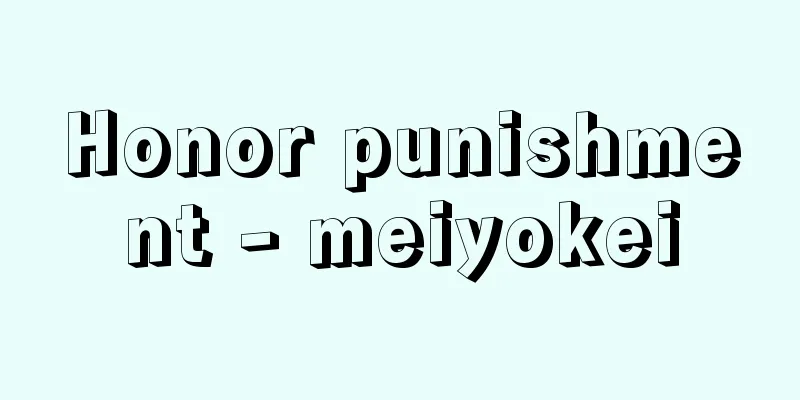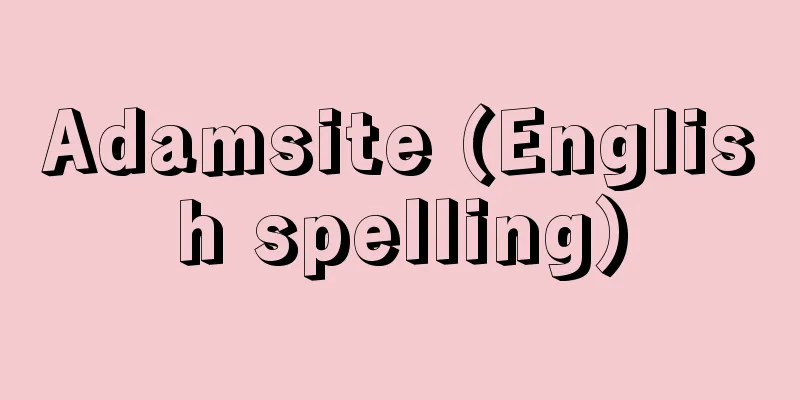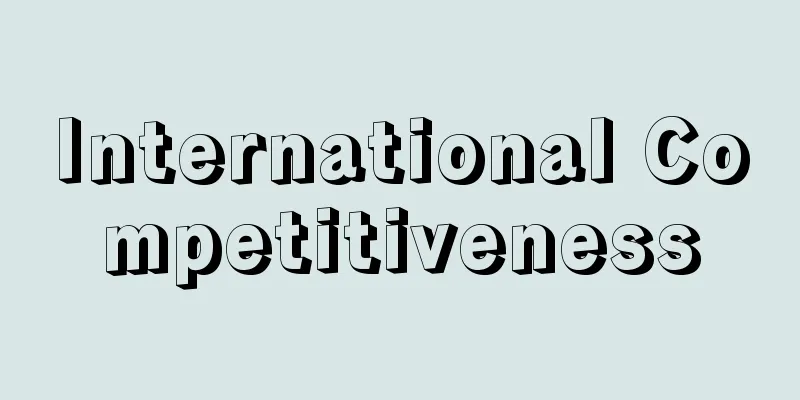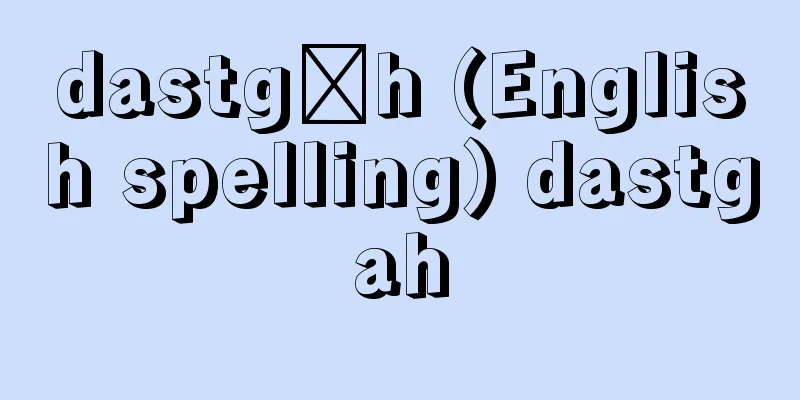Affordance - Affordance

|
A concept proposed by James Jerome Gibson (1904-1979), an American known for his research on perception. It refers to the "value" or "meaning" that an environment provides to the animals that live there. Historically, the thinking before Gibson was that an organism takes in stimuli from the environment, processes them in various ways, and then finds meaning or value. For example, in vision research at the time, the mainstream thinking was that the retina reflects information from the outside world, and that the cognitive system uses only retinal information to perceive. Gibson's contribution was to break away from this way of thinking. Gibson argued that affordances are in the environment, and the cognitive subject simply seeks them out. For example, information about the slope of the ground is in the first place on the ground, and the subject does not calculate it from visual information. Similar thinking can be seen in the concepts of "Umwelt" and "autopoiesis." However, Gibson's thinking seems to go a little too far in limiting the source of information to the environment. In reality, it is correct to think that "value" and "meaning" are revealed through the interaction between the subject and the environment. For example, suppose you are walking through a forest and come across a tree stump. According to Gibson, the tree stump affords humans the act of "sitting," but whether or not they actually "sit" on it will depend on the height and weight of the person sitting on it. American cognitive scientist Donald A. Norman (1935- ) started using the same term in the field of design. He said that good design must afford its use. For example, a vertical handle on a door affords pulling, and a horizontal handle affords pushing. [Hideyuki Nakajima July 19, 2019] [Reference] |Source: Shogakukan Encyclopedia Nipponica About Encyclopedia Nipponica Information | Legend |
|
知覚研究で知られるアメリカのギブソンJames Jerome Gibson(1904―1979)によって提唱された概念。環境がそこに生活する動物に対してアフォード(提供)する「価値」や「意味」のこと。歴史的にみると、ギブソン以前の考え方は、環境からの刺激を生体がその内部に取り込んでからさまざまな処理をして、意味や価値をみいだすというものであった。たとえば当時の視覚研究においては、網膜は外界の情報を写したものであり、認知システムは網膜情報のみを用いて知覚を行っているという考え方が主流であった。ギブソンの貢献は、そうした考え方からの脱却にある。ギブソンは、アフォーダンスは環境の側にあり、認知主体はそれを探すだけだというのである。たとえば、地面の傾斜の情報はそもそも地面の側にあり、主体が視覚情報から計算するのではないということだ。これと同様の考え方は「環世界」や「オートポイエーシス」にみられる。 ただ、ギブソンの考え方は情報源を環境の側に限定している点が、少し行き過ぎと思われる。実際には「価値」や「意味」は、主体と環境との相互作用によって明らかになると考えるのが正しい。たとえば、森を歩いているときに、木の切り株をみつけたとする。ギブソンに従えば、木の切り株は「座る」という行為を人間にアフォードしていることになるが、実際に「座る」かどうかは、座る側の人間の身長や体重に依存するであろう。 なお、アメリカの認知科学者ノーマンDonald A. Norman(1935― )はデザインの分野で同じ用語を使い始めた。よいデザインとはその使い方をアフォードするものでなければならないという。たとえば、ドアについた縦の取っ手は引くことを、横の取っ手は押すことをアフォードしているという。 [中島秀之 2019年7月19日] [参照項目] |出典 小学館 日本大百科全書(ニッポニカ)日本大百科全書(ニッポニカ)について 情報 | 凡例 |
Recommend
Econometrics - econometrics
It is a field of modern economics that lies betwe...
Young people group - Wakamonogumi
An age group organized by young men. It correspon...
Katsura Kobunshi
... In Tokyo as of 1985, the Rakugo Association i...
Phormio
…He died on a journey in 159 BC, leaving only six...
paper-chase
…The marks can be drawn on the ground, on stones,...
Munechika Ooka
…He originally took the surname Ooka. In the late...
Japanese Romanticism
A literary magazine. It was published from March ...
Kisaki - Kisaki
…the title of the emperor’s kisaki. In the Imperi...
Winaria - Winaria
...This is thought to be a remnant of the old cus...
Emptiness (Buddhism) - Kuu
...Because this perishes, that perishes." In...
Kano Tan'yu
Year of death: Enpo 2.10.7 (1674.11.4) Year of bir...
Dr. Faustus
A tragedy by the English poet and playwright Marl...
Audiencia (English spelling)
The Spanish Audiencia was a high court of justice ...
null cell
…However, here too, it is known that there are he...
"Outline of Comparative Indo-European Grammar"
…Linguistics is a science that deals with languag...
![Numakuma [town] - Numakuma](/upload/images/67cc74ccdfa9c.webp)








